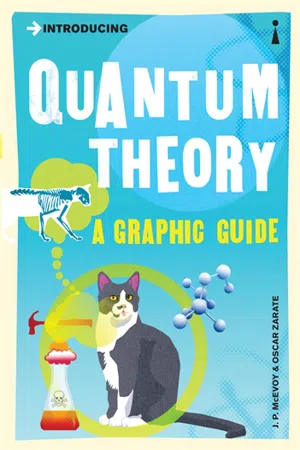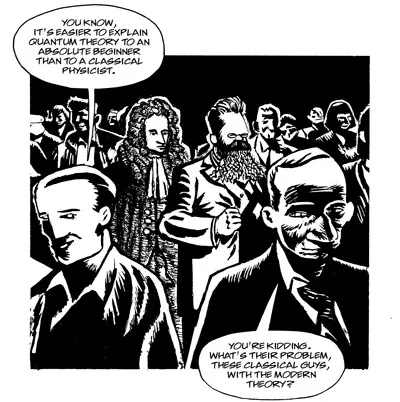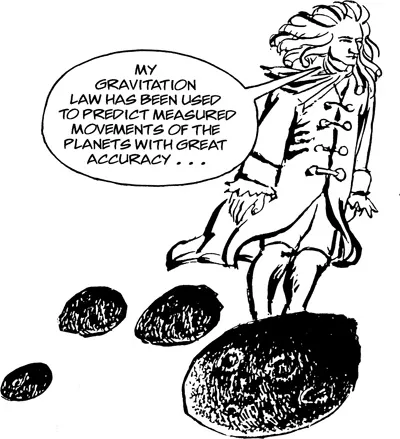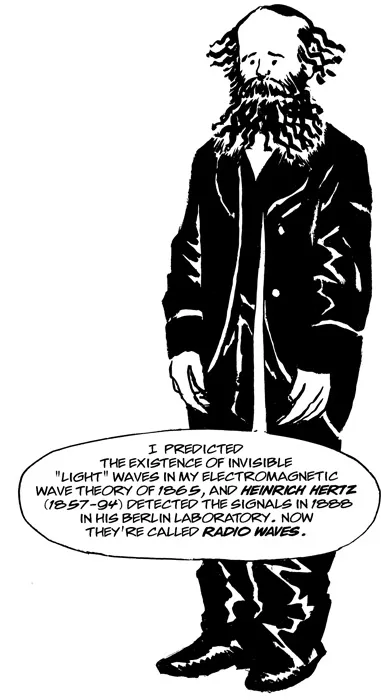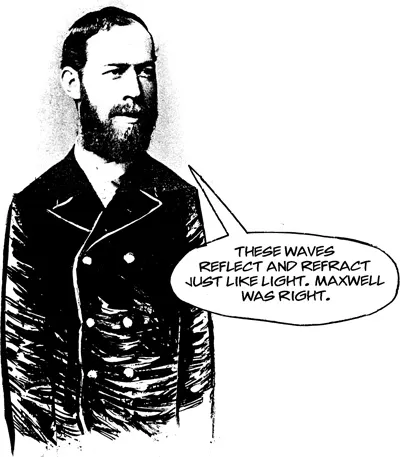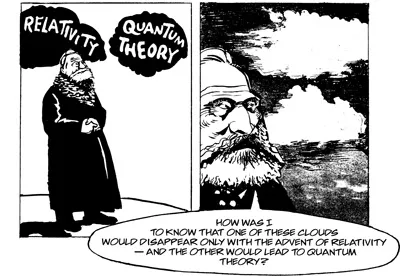![]()
What is Quantum Theory?
Quantum theory is the most successful set of ideas ever devised by human beings. It explains the periodic chart of the elements and why chemical reactions take place. It gives accurate predictions about the operation of lasers and microchips, the stability of DNA and how alpha particles tunnel out of the nucleus.
Niels Bohr’s presentation of quantum theory in 1927 remains today’s orthodoxy. But Einstein’s thought experiments in the 1930s questioned the theory’s fundamental validity and are still debated today. Could he be right again? Is there something missing? Let’s begin at the beginning . . .
Introducing Quantum Theory
The problem is this. Just before the turn of the century, physicists were so absolutely certain of their ideas about the nature of matter and radiation that any new concept which contradicted their classical picture would be given little consideration.
Not only was the mathematical formalism of Isaac Newton (1642–1727) and James Clerk Maxwell (1831–79) impeccable, but predictions based on their theories had been confirmed by careful detailed experiments for 4 many years. The Age of Reason had become the age of certainty!
Classical Physicists
What is the definition of “classical”?
By classical is meant those late 19th century physicists nourished on an academic diet of Newton’s mechanics and Maxwell’s electromagnetism – the two most successful syntheses of physical phenomena in the history of thought.
Testing theories by observation had been the hallmark of good physics since Galileo (1564–1642). He showed how to devise experiments, make measurements and compare the results with the predictions of mathematical laws.
The interplay of theory and experiment is still the best way to proceed in the world of acceptable science.
It’s All Proven (and Classical). . .
During the 18th and 19th centuries, Newton’s laws of motion had been scrutinized and confirmed by reliable tests.
No wonder these classical physicists were confident in what they knew!
“Fill in the Sixth Decimal Place”
A classical physicist from Glasgow University, the influential Lord Kelvin (1824–1907), spoke of only two dark clouds on the Newtonian horizon.
In June 1894, the American Nobel Laureate, Albert Michelson (1852–1931), thought he was paraphrasing Kelvin in a remark which he regretted for the rest of his life.
The Fundamental Assumptions of Classical Physics
Classical physicists had built up a whole series of assumptions which focused their thinking and made the acceptance of new ideas very difficult. Here’s a list of what they were sure of about the material world . . .
1) The universe was like a giant machine set in a framework of absolute time and space. Complicated movement could be understood as a simple movement of the machine’s inner parts, even if these parts can’t be visualized.
2) The Newtonian synthesis implied that all motion had a cause. If a body exhibited motion, one could always figure out what was producing the motion. This is simply cause and effect, which nobody really questioned.
3) If the state of motion was known at one point – say the present – it could be determined at any other point in the future or even the past. Nothing was uncertain, only a consequence of some earlier cause. This was determinism.
4) The properties of light are completely described by Maxwell’s electromagnetic wave theory and confirmed by the interference patterns observed in a simple double-slit experiment by Thomas Young in 1802.
5) There are two physical models to represent energy in motion: one a particle, represented by an impenetrable sphere like a billiard ball, and the other a wave, like that which rides towards the shore on the surface of the ocean. They are mutually exclusive, i.e. energy must be either one or the other.
6) It was possible to measure to any degree of accuracy the properties of a system, like its temperature or speed. Simply reduce the intensity of the observer’s probing or correct for it with a theoretical adjustme...
